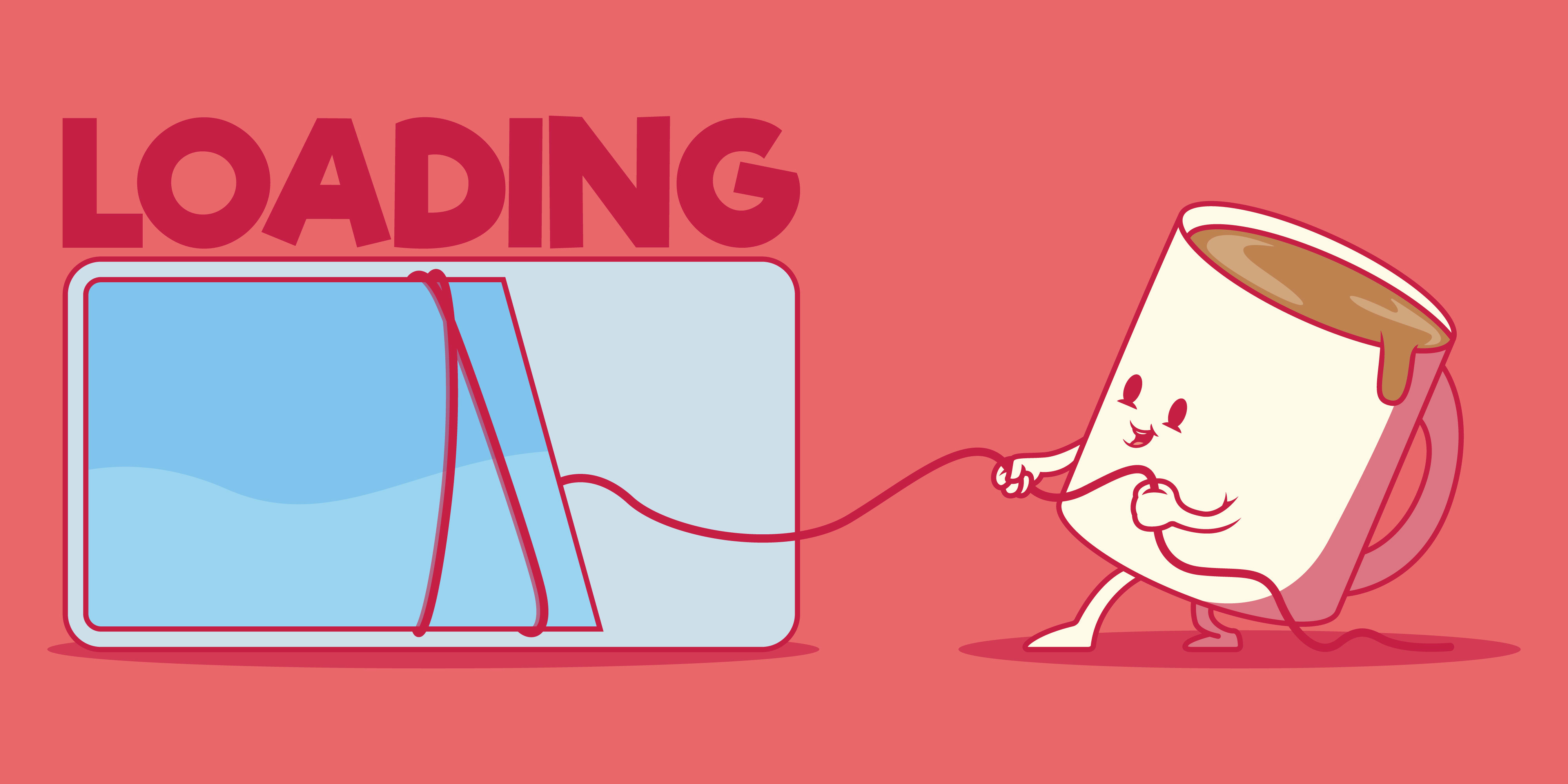
How to Use Your Patch Notes to Market Your Game or App
No matter what type of game or app you're developing and what development practices you use, one thing is for certain: You're going to want to update it at some point.
No matter what type of game or app you're developing and what development practices you use, one thing is for certain: You're going to want to update it at some point.
Everyone makes patch notes eventually, and we're all used to writing them, but here's something you may not have considered: Writing patch notes is an excellent marketing channel for your game.
With some tweaking to how you present your patch notes, both in terms of where they show up and how they're written, you can turn something from a necessary evil into a genuine benefit and a great marketing tool that many developers will simply miss out on.
Write For Your Audience
One common mistake developers make when writing patch notes is they get their audience wrong. They write for other developers and make the notes too technical, dry, or long.
If your friend at the pub asked you what changes you'd made to your game in the last month, what would you tell them? You'd automatically start talking about what's most exciting, and you'd probably start mentioning the 'why' behind your decisions as much as the 'what', because that's simply what makes for the more interesting conversation.
Remember that the ultimate goal here is for people to sit down and read your patch notes. That means treating your notes almost like a hybrid of traditional, technical notes and something more akin to a development log. Your audience here isn't just people that are already playing your game and waiting for a fix, they are people who are checking out how the frequency and depth of your updates to decide on a purchase. In both cases, they are people invested in your game at some level, and you want to be appealing to these people.
Now, we're not suggesting you don't list specific changes on your log as those small changes can make a big difference, but it's good to make sure every update has a human element, too, and that each overall update can tell a story about the changes you've made.
For example, if you've made a hundred small balance changes, rather than simply listing them out in bullet point form can you start the notes by explaining the process? Can you point out specific users or team members that helped you find those balanced issues? Did any of the problems you fixed create funny situations or errors that you can talk about?
There's usually a small story you can build around even the most basic of updates. The most important thing here is to start writing your patch notes with the same concept you might write a blog and not the way you might write a technical document. Keep your audience in mind at all times and aim to strike a balance between educating them on changes and entertaining them enough to keep them engaged.
Be Transparent, Honest, and Human
If you're making an indie game or a budget app you know that one of the key advantages of the indie world is that you can go places that the big developers can't. Of course, this is most often seen in the types of games that get created, but don't forget that it can extend to your marketing and patch notes, too.
The easiest way to do this is to avoid the trap of writing like you're trying to create a press release.
Your patch notes give you a unique channel of communication to both diehard fans and new players, so try to develop a tone that's closer to how you might chat to someone you meet at a convention, and less like you're trying to write an essay.
Remember: it's OK to admit problems and fault in patch notes.
Players are far more likely to sympathize with problems if you own up to them. It's also ok to tell players that things are being tested or trialed and that you don't know if they're going to work perfectly. The majority of your players and users are far more interesting in you taking action and communicating with them than they are about perfection.
Try to always inject personality in everything you write, and try to give every post a real name and face, too. Players always prefer to know that they're reading something from a specific person, and allowing a specific team member to speak in their own voice can lead to a better connection with your audience.
Plus, it's easier to sound personable when you're talking in the first person and referring to specific team members than constantly referring to your studio.
Expand Your Horizons
It can be tempting to 'save up' notes and post a mega-update of all the changes you've made over the last several weeks or months, but this usually isn't the best way to write compelling patch notes. Why? It comes back down to readability. Gamers are much more likely to read shorter, interesting updates than they are to sit down to read a 2,000-word essay.
Plus, if you're able to split up one big note into three or four smaller ones, that's four times the amount of communications you're sending out so more chances to cut through the noise.
Now, it can be tricky to write notes like this due to the way you're actual development works. Maybe you simply aren't able to make lots of small changes or it doesn't fit in with your methodology. But remember: You don't have to have a game update in order to write about what you're doing.
Think about how you can expand out your patch notes to include more than just development changes. If you're working on a new feature, the day you release it doesn't have to be the first time you're talking about it, and bringing it up early can be beneficial for the actual development of the feature too, allowing you to gather user feedback early and steer development based on community feedback.
Something as simple as an early gif or screenshot can build excitement. Creating, smaller and faster updates on a development log rather than, for example, a WordPress blog, can reduce the amount of energy and effort involved in mega-posts and lead to more frequent communication with your players.
ChangeCrab is a changelog software and patch notes tool that allows you to create game patch notes and embed them onto your site within minutes. Sign-up for free and within minutes, you can be getting your most exciting updates to your players in a brand new way.


